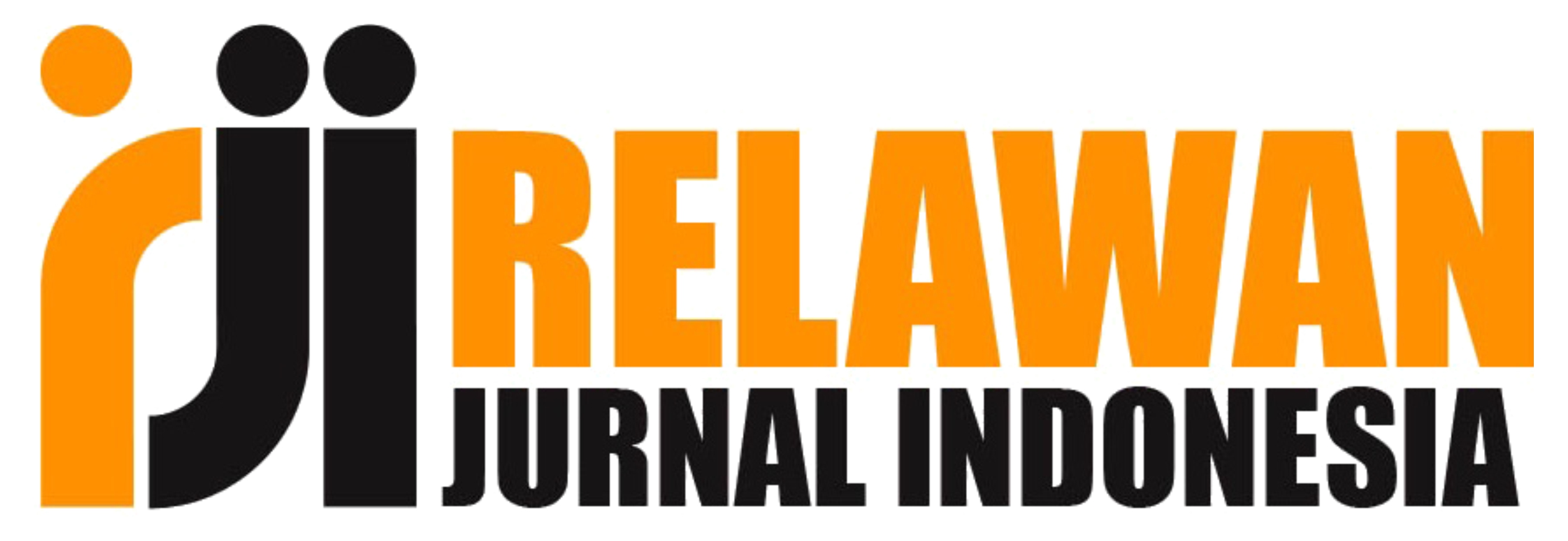Comprehensive Security in a Multipolar Indo-Pacific: ASEAN’s Balancing Act under Malaysia’s Leadership
DOI:
https://doi.org/10.37385/ceej.v6i6.9337Keywords:
ASEAN, ADMM, Malaysia 2025 Chairmanship, Comprehensive Security, Indo-Pacific, Strategic Autonomy, Regional Security Governance, AOIPAbstract
As the Indo-Pacific region undergoes profound geopolitical transformation marked by multipolar rivalries and non-traditional security threats, ASEAN faces a critical moment in redefining its role as a normative and functional convener of regional security governance. This article examines how Malaysia’s 2025 chairmanship of the ASEAN Defence Ministers’ Meeting (ADMM) presents a strategic opportunity to recalibrate ASEAN’s defence mechanisms and reinforce its centrality. By advancing the ASEAN Outlook on the Indo-Pacific (AOIP) through integrative maritime and cyber initiatives, and expanding normative engagement with actors such as the Pacific Islands Forum and the Indian Ocean Rim Association, Malaysia can help operationalise ASEAN’s comprehensive security agenda. The analysis highlights internal challenges—including divergent threat perceptions and capacity gaps—and external pressures from great power competition that risk undermining ASEAN’s cohesion. Drawing on Regional Security Complex Theory, security community theory, and ASEAN’s diplomatic culture, the study argues that institutional evolution does not require abandoning ASEAN’s foundational principles but rather adapting them for contemporary governance. The findings underscore the importance of strategic autonomy, inclusive cooperation, and normative clarity in shaping a resilient and adaptive regional security architecture. Ultimately, Malaysia’s chairmanship should be understood as a moment of normative leadership that can consolidate ASEAN’s credibility and enhance its strategic role in moderating competition, managing risks, and fostering stability in a complex and uncertain Indo-Pacific order.
References
Acharya, Amitav. Constructing a Security Community in Southeast Asia: ASEAN and the Problem of Regional Order. Edited by Michael Leifer. 1st ed. London: Routledge, 2001.
———. ASEAN and Regional Order: Revisiting Security Community in Southeast Asia. 1st ed. London: Routledge, 2021.
Ba, Alice D. “Understanding ASEAN’s Hedging Strategy: Strategic Ambiguity in an Era of US-China Competition.” Contemporary Southeast Asia 44, no. 1 (2022): 1–25.
———. “ASEAN and the Changing Regional Order: The ARF, ADMM, and ADMM-Plus.” In Building ASEAN Community: Political-Security and Socio-cultural Reflections (ASEAN@50), vol. 4, edited by Aileen Baviera and Lili Maramis, 146–157. Jakarta: ERIA, 2017.
Bungin, Burhan. Metodologi Penelitian Kualitatif. Jakarta: Raja Grafindo Persada, 2017.
Buzan, Barry, and Ole Wæver. Regions and Powers: The Structure of International Security. Cambridge: Cambridge University Press, 2003.
Caballero-Anthony, Mely. Negotiating Governance on Non-Traditional Security in Southeast Asia and Beyond. New York: Columbia University Press, 2019.
Cho, Youngho. “Indo-Pacific Security Cooperation and Hybrid Threat Deterrence.” Journal of Asia-Pacific Affairs 27, no. 1 (2024): 55–73.
Creswell, John W. Qualitative Inquiry & Research Design: Choosing Among Five Approaches. 2nd ed. Thousand Oaks, CA: Sage Publications, 2007.
Deutsch, Karl W. “Political Community and the North Atlantic Area.” In The European Union: Readings on the Theory and Practice of European Integration, 3rd ed., edited by Brent F. Nelsen and Alexander Stubb, 121–143. London: Lynne Rienner Publishers, 1957.
Emmers, Ralf. Cooperative Security and the Balance of Power in ASEAN and the ARF. London: RoutledgeCurzon, 2004.
———. “Unpacking ASEAN’s Defence Diplomacy.” Asian Security 16, no. 3 (2020): 353–370.
Haacke, Jürgen. ASEAN’s Diplomatic and Security Culture: Origins, Development and Prospects. London: Routledge, 2003.
Haacke, Jürgen, and Paul D. Williams. Regional Arrangements and Security Challenges: A Comparative Analysis. Vol. 52. Regional and Global Axes of Conflict, 2009.
Kello, Lucas. “The Meaning of the Cyber Revolution: Perils to Theory and Statecraft.” International Security 38, no. 2 (2013): 7–40.
Kuik, Cheng-Chwee. “Hedging via Institutions: ASEAN-led Multilateralism in the Age of the Indo-Pacific.” Asian Journal of Peacebuilding 10, no. 2 (2022): 355–386.
———. “The Practice of Hedging in Southeast Asia: Strategic Ambiguity in the Age of Turbulence.” Journal of Strategic Studies 46, no. 2 (2023): 121–139.
Lindsay, Jon, Erik Gartzke, Ian Kelly, Mark Greenhill, and Peter J. P. Krause. “Coercion through Cyberspace: The Stability-Instability Paradox Revisited.” International Security 42, no. 4 (2016): 124–157.
Prezelj, Iztok. “Comprehensive Security and Some Implemental Limits.” Information & Security: An International Journal 33, no. 1–2 (2015): 13–34.
Räisänen, Heli, Eeva Hakala, Juudit T. Eronen, Janne I. Hukkinen, and Maija J. Virtanen. “Comprehensive Security: The Opportunities and Challenges of Incorporating Environmental Threats in Security Policy.” Politics and Governance 9, no. 4 (2021): 91–101.
Storey, Ian. The ASEAN Defence Ministers’ Meeting (ADMM) and ADMM-Plus: Achievement and Future Challenges. Singapore: ISEAS-Yusof Ishak Institute, 2019.
Tan, See Seng. “The ADMM Plus: Building Functional Security in the Asia-Pacific.” Contemporary Southeast Asia 42, no. 1 (2020): 1–27.
Yin, Robert K. Case Study Research: Design and Methods. 3rd ed. Vol. 5. Thousand Oaks, CA: Sage Publications, 2003.




 Template
Template



